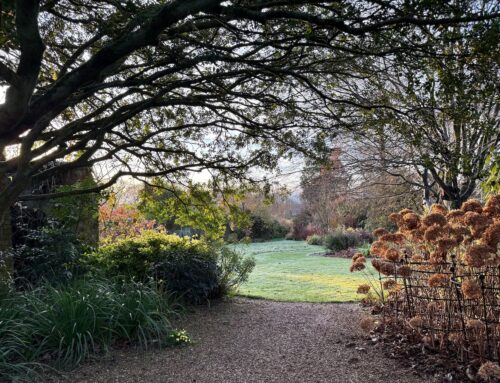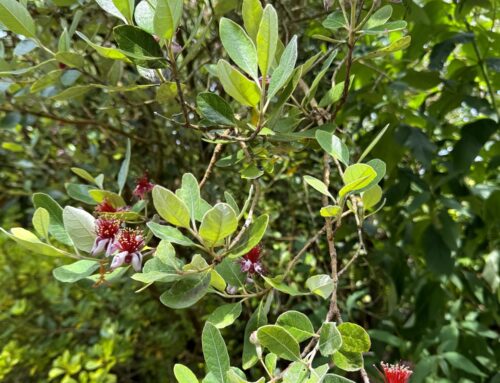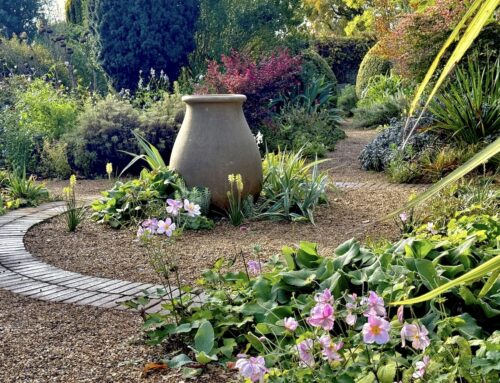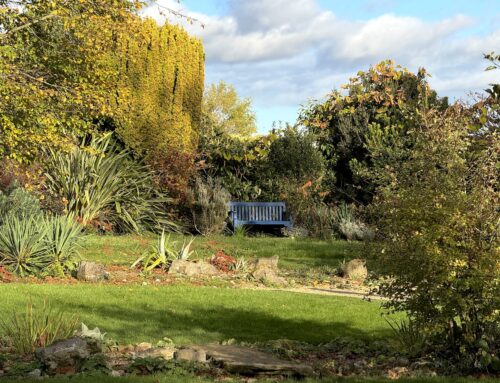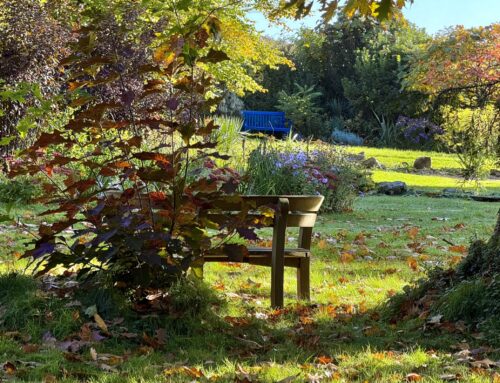| It’s time to collect or time to scatter stones? How is gravel used in gardens from East to West.
Why have gravel gardens become one of the main trends in modern garden design? Why did planting in gravel, traditional for dry and hot climate zones, become popular in northern Europe? How do authentic gravel gardens of the Mediterranean, Mexico, Australia and South America differ from the famous British Beth Chatto Gardens, a garden that was planted at the former car park in 1991?
What is the main difference from the famous Japanese gravel and rock gardens?
These and other issues will be discussed by the participants of the moderated panel discussion of the Open International Competition and Festival of Urban Landscape Design of “Flower Jam”.
The panel discussion “It’s time to collect or to scatter stones?” will be held on December, the 9th from 6 pm to 8 pm Moscow time online and will continue the series of online events of “Flower Jam”.
The panelists will be:
Gwendolyn van Paasschen (UK) – garden designer and writer with extensive experience in the US non-profit world. Having worked with internationally renowned British landscape designer and author John Brookes MBE on a major multi-year project in Upstate New York, she helped write his memoir, A Landscape Legacy (Pimpernel Press, 2018), and now is chairman of the John Brookes- Denmans Foundation (JBDF) which she co-founded in 2017. The JBDF is dedicated to perpetuating John Brookes’ design legacy and to the renovation and preservation of Denmans Garden, his garden in West Sussex. She currently owns and runs Denmans Garden. She is also a contributor to the Georgetown Dish, daily news and entertainment site, writing occasional articles about gardening and garden design.
Mario Bonicelli (Italy) – architect, urbanist, author of numerous significant architectural and urban projects both in Italy and abroad, author of books, co-founder of one of the most significant European festivals of landscape architecture “I Maesttri del Paessagio” (Bergamo). Jury member of the Flower Jam competition.
Tatyana Matrusova (Russia) – Phd, Japanese Studies, member of the Association of Japanese Studies, worked for many years at the Institute of Oriental Studies of the Russian Academy of Sciences. Researcher of Japanese gardens, author of monographs. As a researcher for the Japan Foundation, she worked in Tokyo, as well as at the universities of Ritsumeikan (Kyoto), Hosei daigaku (Tokyo), Osaka keizai daigaku (Osaka).
Alexander and Irina Sergeevs (Russia) – biologists, landscape designers with more than twenty years of experience, authors of articles in specialized magazines and co-authors of the series of television programs “Landscape Stories”. The Sergeevs’ studio has received many prestigious prices including grant prix of the ALAROS national prize. In 2019, the Wormwood Coast gravel garden won the ALAROS gold medal. Members of the Experts selection panel of the Flower jam competition.
Broadcast viewers will learn:
– how plants of different climatic zones, planted in the gravel of the beach, coexist in the garden of the cult British filmmaker Derek Jarman in Dungeness;
– what can be planted in gravel gardens beyond the Urals;
– who and why 50 years ago created the first gravel garden in Great Britain;
– what is the functional, aesthetic and philosophical significance of the elements of the gravel garden in different countries;
– how a traditional Japanese rock garden works
We also inform you that in this pre- Christmas time of the year, especially for the viewers of our broadcast, Mario Bonicelli has prepared a wonderful surprise.
You can watch the live broadcast and questions to the speakers can be asked on the Flower Jam page on the Facebook social network:
https://www.facebook.com/moscowflowerfest/
and on the Flower Jam YouTube channel
https://www.youtube.com/channel/UCB_xf54STLKIWnKci_9QwmQ
The broadcast will be in Russian. Lately, it can be viewed with translation into English on the YouTube Festival channel. |
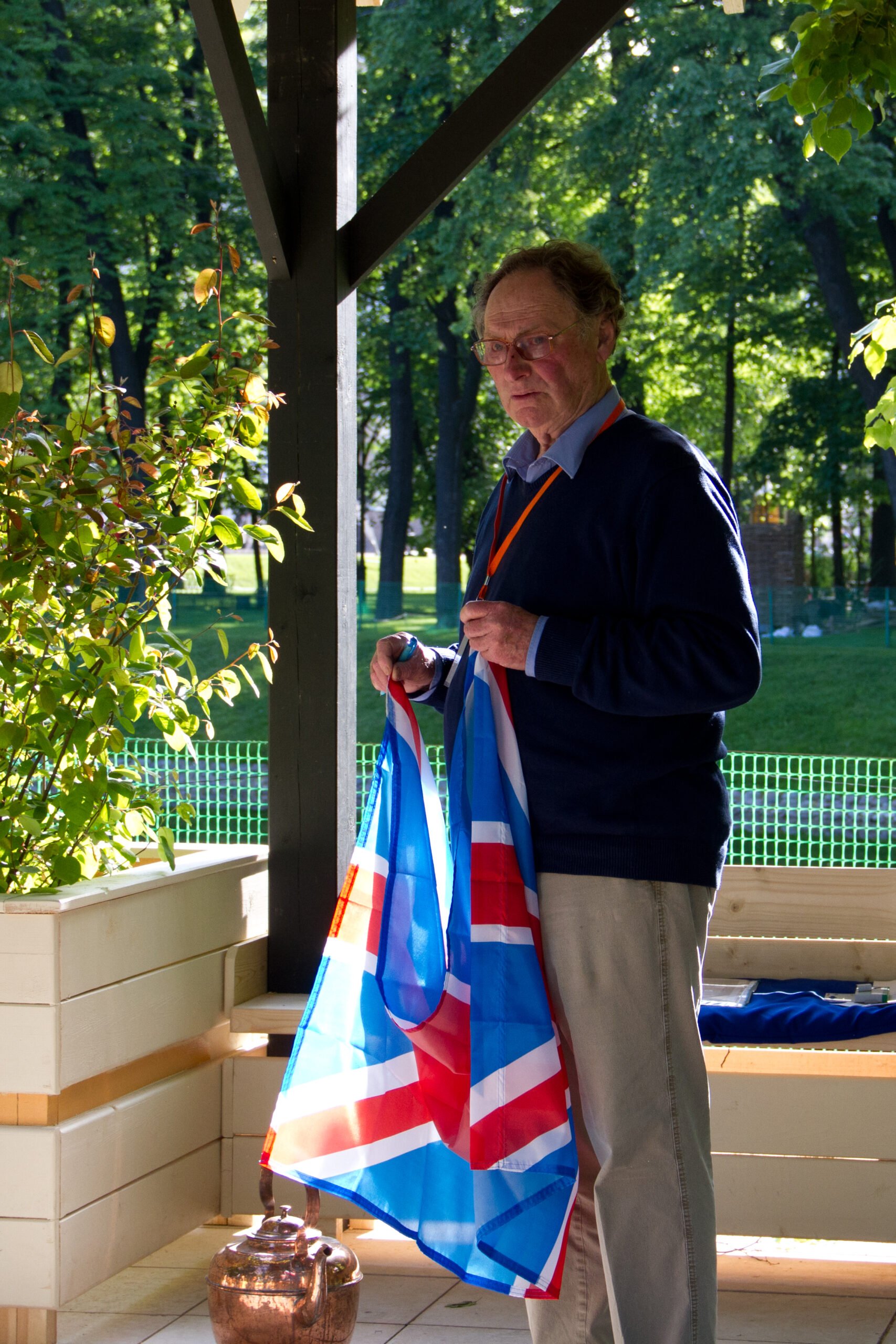 John Brookes loved working around the world and, near the end of his life, especially enjoyed his working visits to Russia where he had many friends and fabulous clients. He built several gardens in Russia, including an exhibition garden, and lectured and taught in Moscow and St. Petersburg. It was a great honour, then, to be asked to participate in a discussion sponsored by Moscow Flower Jam, to talk about the gravel gardens at Denmans. Below is the press release (English follows the Russian) and if you’d like to listen in, CLICK HERE. The talk about Denmans starts at 1 hour and 18 minutes, but the preceding lectures, one about the history of gravel gardens given by Tatyana Matrusova and one about designers Alexander and Irina Sergeevs who create gorgeous gravel gardens in the Urals are terrific as well! The fabulous designer, Mario Bonicelli, finishes the discussion with a review of the wonderful exhibition gardens from the Bergamo Landscape Festival.
John Brookes loved working around the world and, near the end of his life, especially enjoyed his working visits to Russia where he had many friends and fabulous clients. He built several gardens in Russia, including an exhibition garden, and lectured and taught in Moscow and St. Petersburg. It was a great honour, then, to be asked to participate in a discussion sponsored by Moscow Flower Jam, to talk about the gravel gardens at Denmans. Below is the press release (English follows the Russian) and if you’d like to listen in, CLICK HERE. The talk about Denmans starts at 1 hour and 18 minutes, but the preceding lectures, one about the history of gravel gardens given by Tatyana Matrusova and one about designers Alexander and Irina Sergeevs who create gorgeous gravel gardens in the Urals are terrific as well! The fabulous designer, Mario Bonicelli, finishes the discussion with a review of the wonderful exhibition gardens from the Bergamo Landscape Festival.
